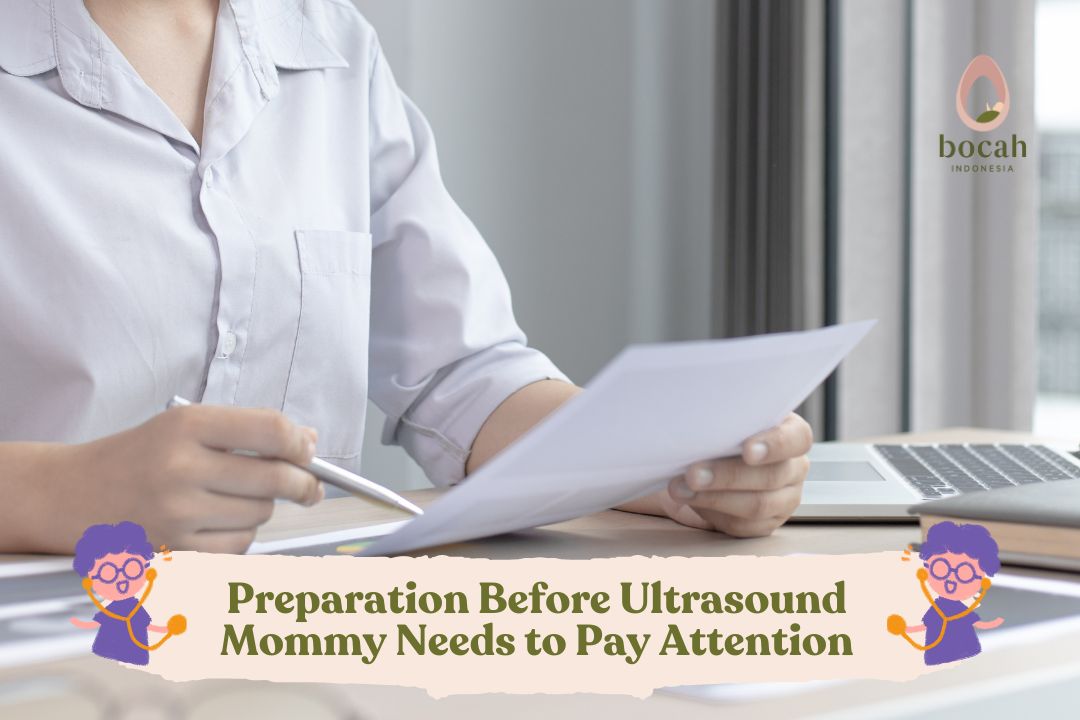Embarking on a Twin Pregnancy Program, Moms Need to Be Patient

There are many myths about how to have twins. So, is it true that there are ways to have twins? Find out the answer here.
In principle, twins can occur when two separate eggs are fertilized inside the womb or when one fertilized egg divides into two embryos.
Many parents aspire to have twins and seek various ways to increase their chances. One common step taken is undergoing fertility treatments, such as in vitro fertilization (IVF).
So, is there indeed a way to increase the likelihood of having twins? Or are there pregnancy programs to achieve this?
How Do Twins Happen?
According to the American Society for Reproductive Medicine (ASRM), only about 1 in 250 pregnancies results in twins. Experts do not fully understand why twin pregnancies occur. However, there are some factors that can increase the likelihood of giving birth to twins, including:
Tanya Mincah tentang Promil?
- Woman’s age.
- Family history of having twins.
- Fertility treatments.
Pregnancy occurs when sperm fertilizes an egg to form an embryo. However, if there are two eggs present in the womb at the time of fertilization, or if a fertilized egg divides into two separate embryos, a woman can become pregnant with twins.
Two Types of Twins
Moms need to know that there are two types of twins:
- Identical Twins: This type of pregnancy occurs when a fertilized egg splits into two separate embryos. These embryos are monozygotic, meaning they have identical genes. Identical twins share the same gender and closely resemble each other.
- Fraternal Twins: This type of pregnancy occurs when two eggs are present in the womb at the time of fertilization, and both are fertilized by sperm. These embryos are dizygotic, meaning they do not have identical genes and may have different genders.
A woman is more likely to have fraternal twins than identical twins. Identical twins account for only about one-third of twin pregnancies.
Fraternal twins often occur through twin pregnancy programs, as healthcare professionals often place two fertilized embryos into a woman’s womb to increase the chances of a successful pregnancy.
Factors Leading to Twin Pregnancy
Twin pregnancies have significantly increased with the rise in the use of fertility treatments and more women choosing to have children at older ages.
Here are some factors that can increase a woman’s likelihood of having twins, including:
- Family History: A woman has a slightly higher chance of having twins if she has a family history of twins. Family history on the mother’s side increases this chance more than family history on the father’s side. However, this only applies if the pregnancy occurs without fertility treatments. According to the ASRM, women with a history of fraternal twins have about a 1 in 60 chance of having twins. For men with fraternal twins, the chance of having twins is only 1 in 125 births. Some people believe that twins can skip a generation, meaning that someone could potentially have twins if one of their grandparents had twins. However, there is little evidence to support this theory.
- Twin Pregnancy Program: ASRM notes that the primary factor that increases the likelihood of having twins is participating in a twin pregnancy program with a healthcare professional. Various types of fertility treatments available increase the chances of having twins in different ways. Some fertility drugs work by stimulating a woman’s ovaries, which can sometimes lead to the release of more than one egg. If sperm fertilizes both of these eggs, it can result in twins. In vitro fertilization (IVF) can also increase the chances of a twin pregnancy. Healthcare professionals perform IVF by extracting a woman’s eggs and fertilizing them with donor sperm in a laboratory to create embryos. They then transfer the fertilized embryos into the woman’s womb. To increase the chances of success, healthcare professionals may place more than one embryo into the womb. Twins can occur if both embryos successfully attach and develop. Twin pregnancies carry additional risks, so healthcare professionals typically limit the number of embryos they transfer into a woman’s womb to reduce the likelihood of twins, triplets, or more.
- Age: According to the Office on Women’s Health, women aged 30 and older are more likely to have the potential for twins. The reason is that women at this age are more likely to release more than one egg during their reproductive cycles than younger women. If sperm fertilizes two separate eggs, a twin pregnancy can occur.
- Height and Weight: ASRM reports that non-identical twins are slightly more common in taller or heavier women compared to women with smaller body weights. The reason for this is unclear but may be related










